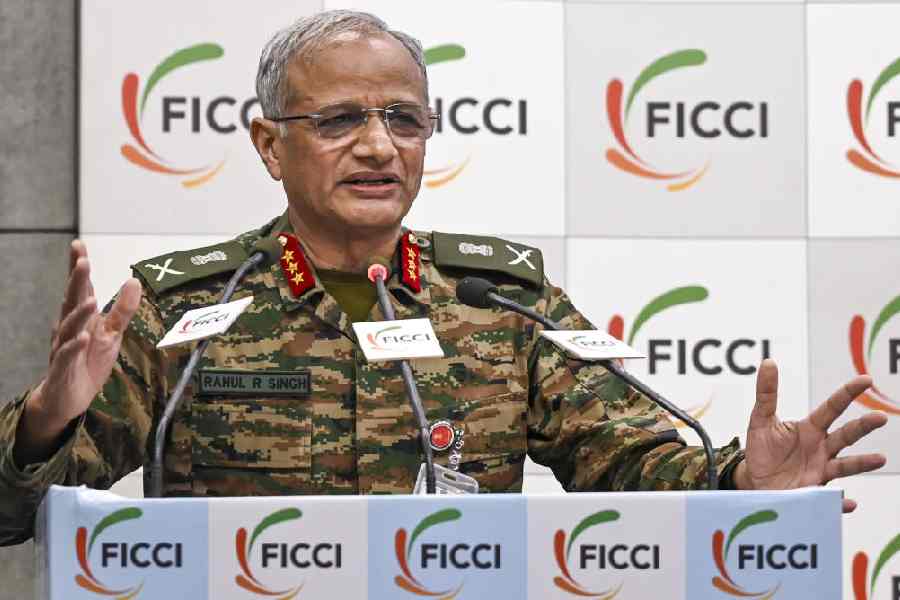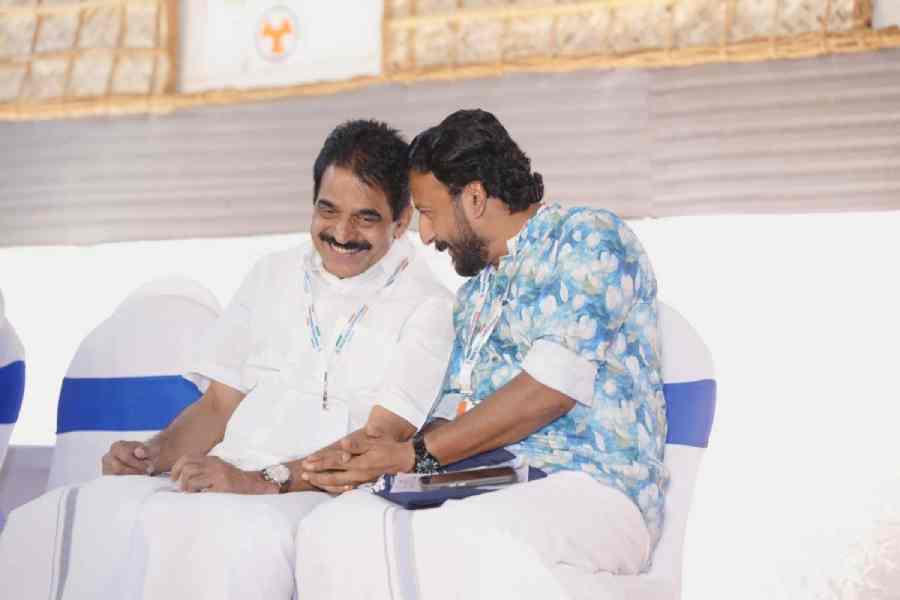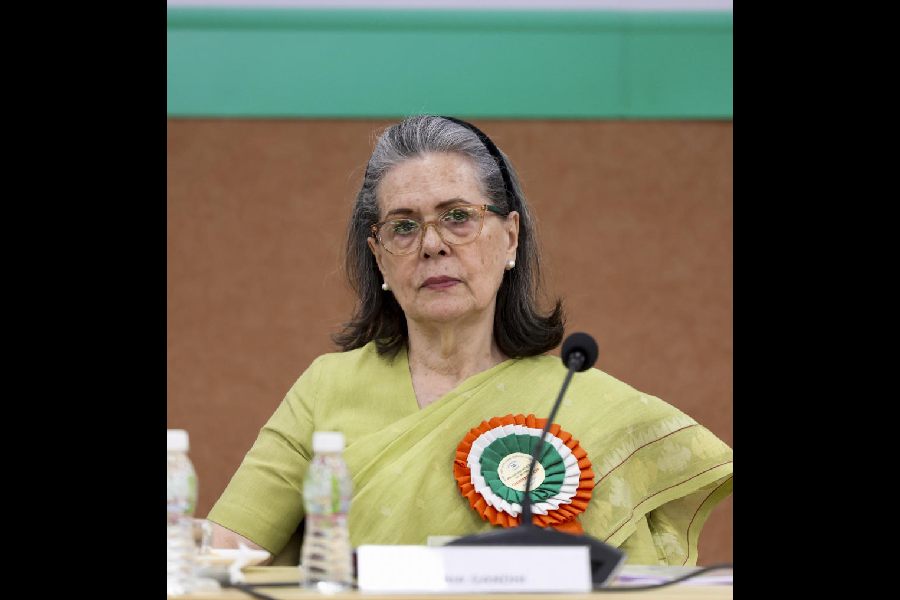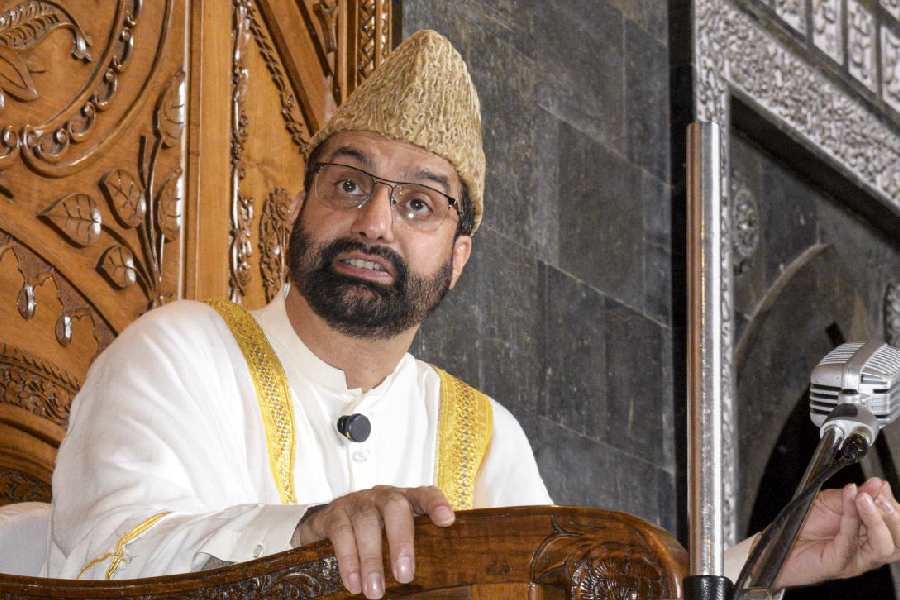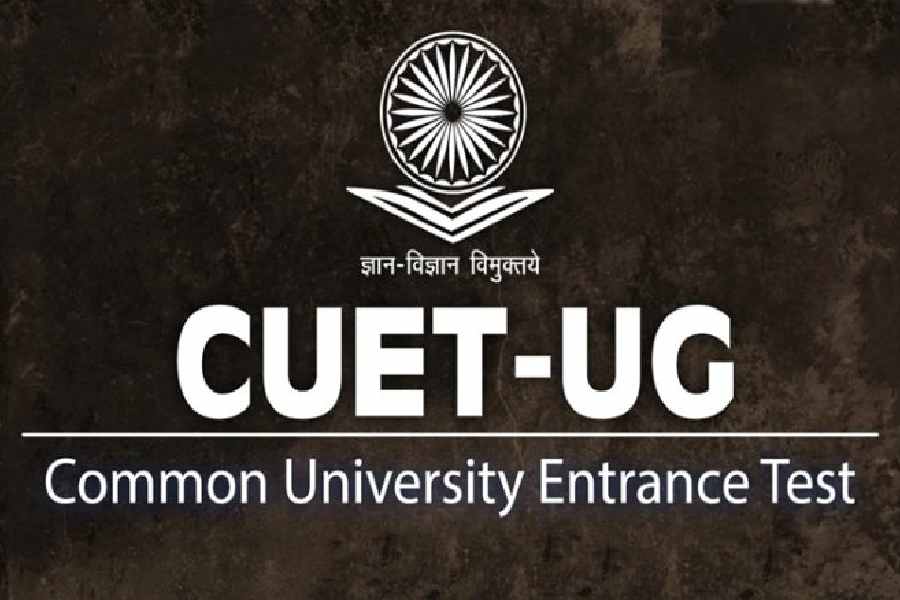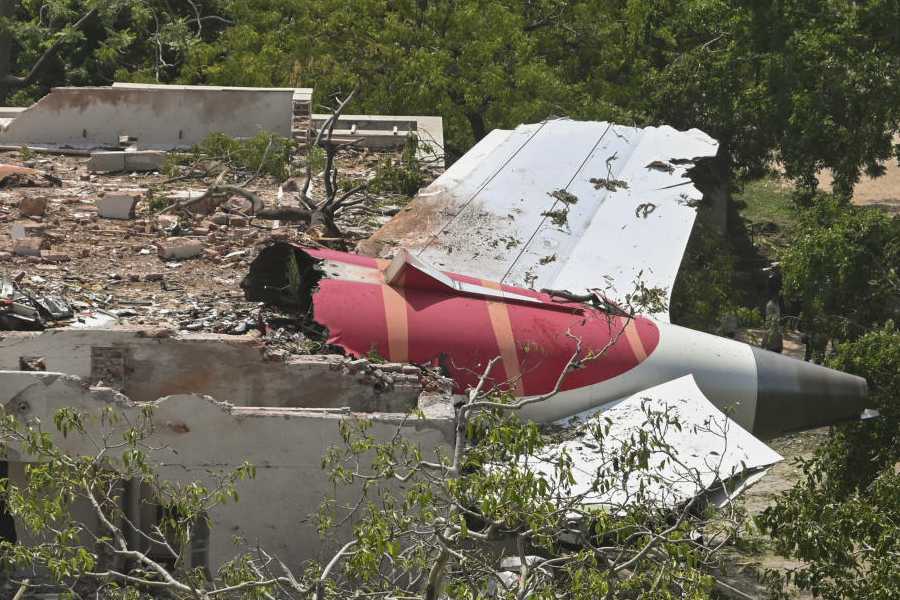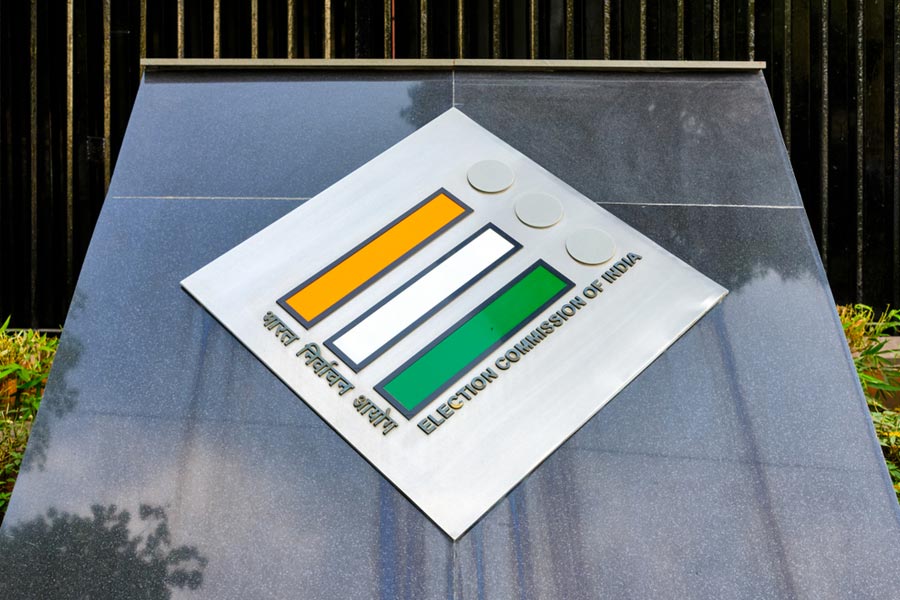 |
| A depiction of the Kurukshetra war in the Mahabharat. (Wikipedia picture) |
New Delhi, June 11: From Mahabharat to Star Wars, India’s armed forces are poised for a great doctrinal churning, trying to find an indigenous — swadeshi — way to fight wars.
A two-day conference of senior commanders to search for “the Indian Way of Warfighting” ended here this afternoon with the top brass concluding that the hunt must be intensified, a senior participant told The Telegraph.
So, the Generals, Admirals, Air Marshals and military scientists have decided to reconvene for two special sessions. The first is on June 16, when India’s top missile technologist will give a presentation on shooting down a missile before it enters Indian airspace and ways to bring down an enemy satellite. Last year, China demonstrated such a capability by destroying an old satellite.
On June 19 and 20, the armed forces’ chiefs, bureaucrats and scientists will meet again, this time to weed out foreign influences that threaten home-grown military ideas.
A preparatory note for the session says the deliberations are necessary “because western thought and military jargon are poised to make deep inroads into the minds of the practitioners of military art in India”.
The foreign influences are gaining ground, says the note, “despite the Ramayana and the Mahabharata containing many doctrinal, strategic and operational aspects that appear to be relevant to modern times, too”.
The agenda for the deliberations has been drawn up by the Integrated Defence Staff (IDS), a joint institution of the army, the navy and the air force that is still trying to find its feet since it was set up in 2002.
The IDS itself is an idea imported from a study of recent wars by the US and western forces. Its head, the chief of integrated defence command, Lt General Hardev Lidder, tried to adopt lessons from the US’s 2003 invasion of Iraq during counter-terrorist operations in Jammu and Kashmir.
The brainstorming has been convened even as each of the three armed forces have adopted individual doctrines but are still not comfortable with the idea of unified theatre commands and the post of a Chief of Defence Staff.
Defence minister A.K. Antony said on the sidelines of the conference that he had written to political parties seeking their views on the Kargil review committee’s recommendations that the Chief of Defence Staff serve as a single-point military adviser.
The unified commands, apart from the IDS, comprise the Andaman and Nicobar Command, a Strategic Forces Command and the Defence Intelligence Agency.
At the conference, emphasis was laid on building “duality of use” — a jargon for procuring equipment that can be used by the three armed forces — in the force structure, a release said.


